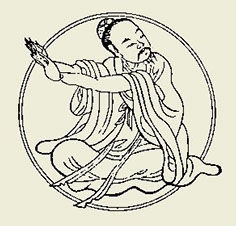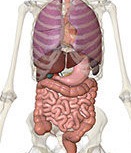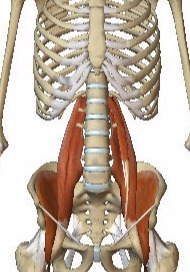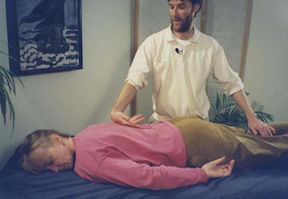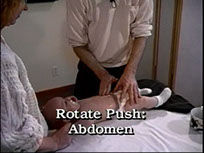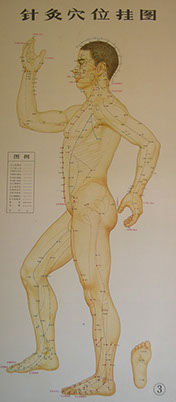Oriental Bodywork is distinguished from other massage by it's foundation in the energetic principles and practice of Chinese medicine. It is one of the three main branches of Traditional Chinese Medicine, along with acupuncture and herbs. All three branches utilize the same energetic principles and theories of how the body, mind and spirit function in health and disease. Acupuncture uses needles; herbology uses plants and other materials; bodywork uses touch. All three can benefit health in similar ways, although some conditions and people resonate with one modality more than another.
